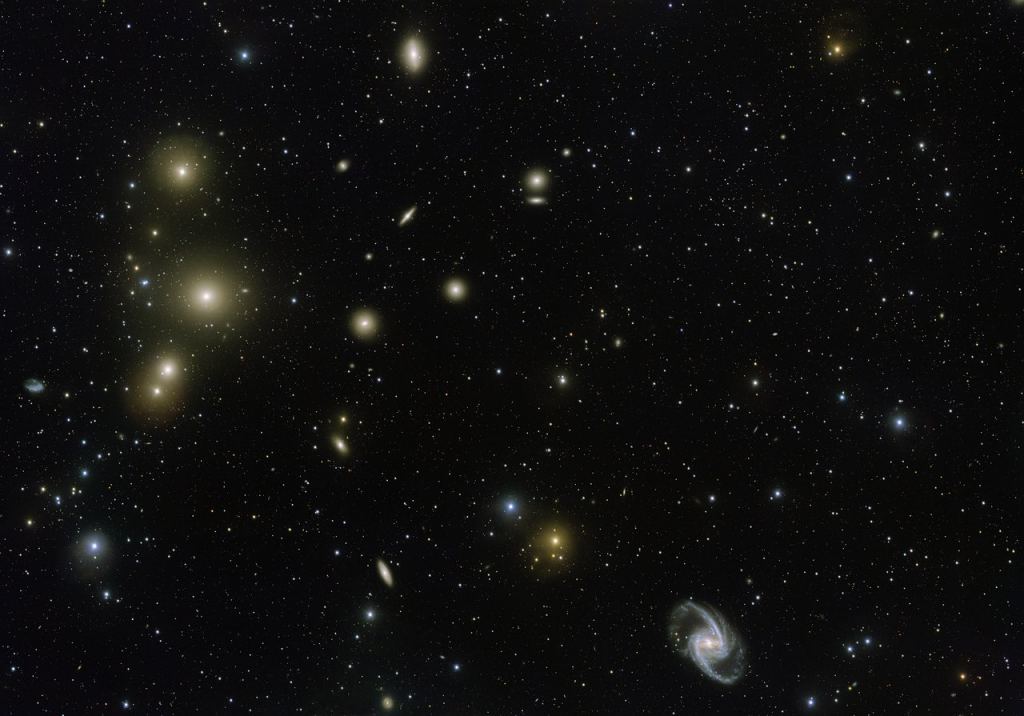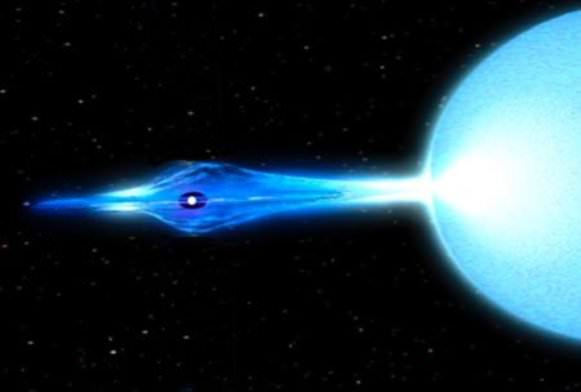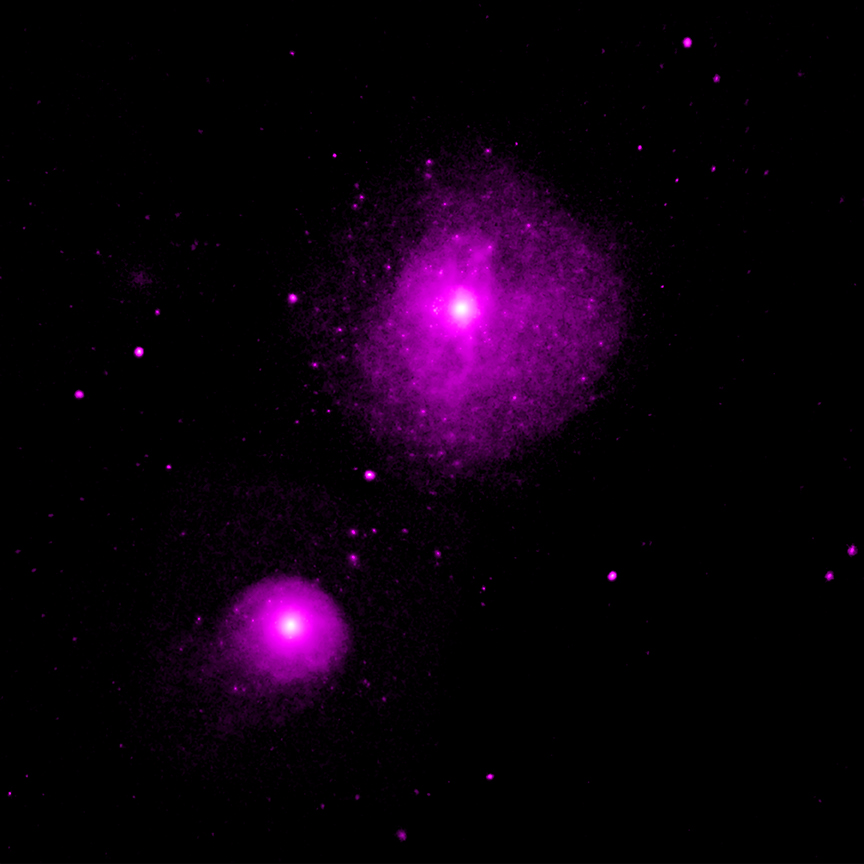A rogue star is one that has escaped the gravitational pull of its home galaxy. These stars drift through intergalactic space, and so are sometimes called intergalactic stars. Sometimes, when a rogue star is ejected from its galaxy, it drags its binary pair along for the ride.
Astronomers think that most stars live in binary relationships, where two stars orbit one another, or they orbit a common center of gravity. The binary stars don’t have to be stars like our Sun; they can be more exotic stellar objects like neutron stars. A new study based on data from NASA’s Chandra X-ray Observatory highlights a number of these pairs and how they were ejected.
“It’s like a guest that’s asked to leave a party with a rowdy friend.”
Xiangyu Jin, lead author, McGill University
The lead author of the study is Xiangyu Jin of McGill University in Montreal, Canada. The paper is called “Chandra Detection of Intra-cluster X-ray Sources in Fornax” and is published in The Astrophysical Journal. As the title says, the team focused on the Fornax galaxy cluster, a region about 60 million light years from Earth.
The team found about 30 x-ray sources in the Fornax region that appear to be outside of any galaxy. They’re likely to be pairs of stars that were ejected from their galaxies. How does it happen?

One explanation involves supernovae explosions and neutron stars.
When a star of sufficient mass reaches the end of its fusion life, it explodes as a supernova. That explosion leaves a neutron star behind. Depending on the circumstances, that blast is uneven, and the recoil can send the neutron star careening out of its galaxy. And it can drag its binary partner along with it.
“It’s like a guest that’s asked to leave a party with a rowdy friend,” said Jin. “The companion star in this situation is dragged out of the galaxy simply because it’s in orbit with the star that went supernova.”

These rogue binaries are hard to spot, but there’s a way. If the pair are close enough to one another, the more massive one will start to feed off the other one, drawing matter towards it, forming a gaseous disk. As it does so, the matter starts to rotate around the larger star faster and faster. Friction then heats the matter up, and the gaseous disk heats to tens of millions of degrees. Then it emits x-rays, which the Chandra Observatory is expert at seeing.
The team used 15 days of Chandra observations spread over several years and when combined with optical observations, they were able to confirm that the 30 x-ray sources are not in any of the galaxies in the Fornax cluster, and are in fact rogue stars.
“Rather than being tethered to a particular galaxy, these pairs of stars now exist in the space between galaxies, or are on their way out of their home galaxy,” said co-author Meicun Hou, from Nanjing University in China.
However, not all drifting rogue stars were expelled from their home galaxy. The team also found another 150 x-ray sources that are outside a galactic boundary. They may be located in the far reaches of the halo that surrounds the Fornax cluster.

Rather than expulsion due to supernovae explosions, they may have been the victim of close galactic encounters. When two galaxies collide, or pass close enough to each other, some x-ray binaries are disrupted gravitationally and sent flying out into intergalactic space. Or they could be remnants of a galaxy that was stripped of stars by one of these galactic close encounters.
“This is like the end of a party, where the people attending head off in different directions, and only the hosts are left behind,” said co-author Zhenlin Zhu, also of Nanjing University. “In the case of Fornax, the extreme case is that the original galaxies don’t really exist any more.”
The Chandra observations in this study amounted to 15 days, enabling the team to discover 1,177 X-ray sources within their search region, which covers 29 galaxies in the Fornax cluster. The team estimated how many of these sources likely belong to galaxies in the cluster, and how many are much more distant sources not contained in the cluster. This left them with about 180 sources located well outside the main stellar regions of galaxies in the cluster.
“While we are very excited about what we found, our data suggest that there may be many more of these evicted binaries that are too faint to be seen in the Chandra data,” said co-author Zhiyuan Li, also of Nanjing University. “We will need longer Chandra observations to detect this population of fainter sources.”

